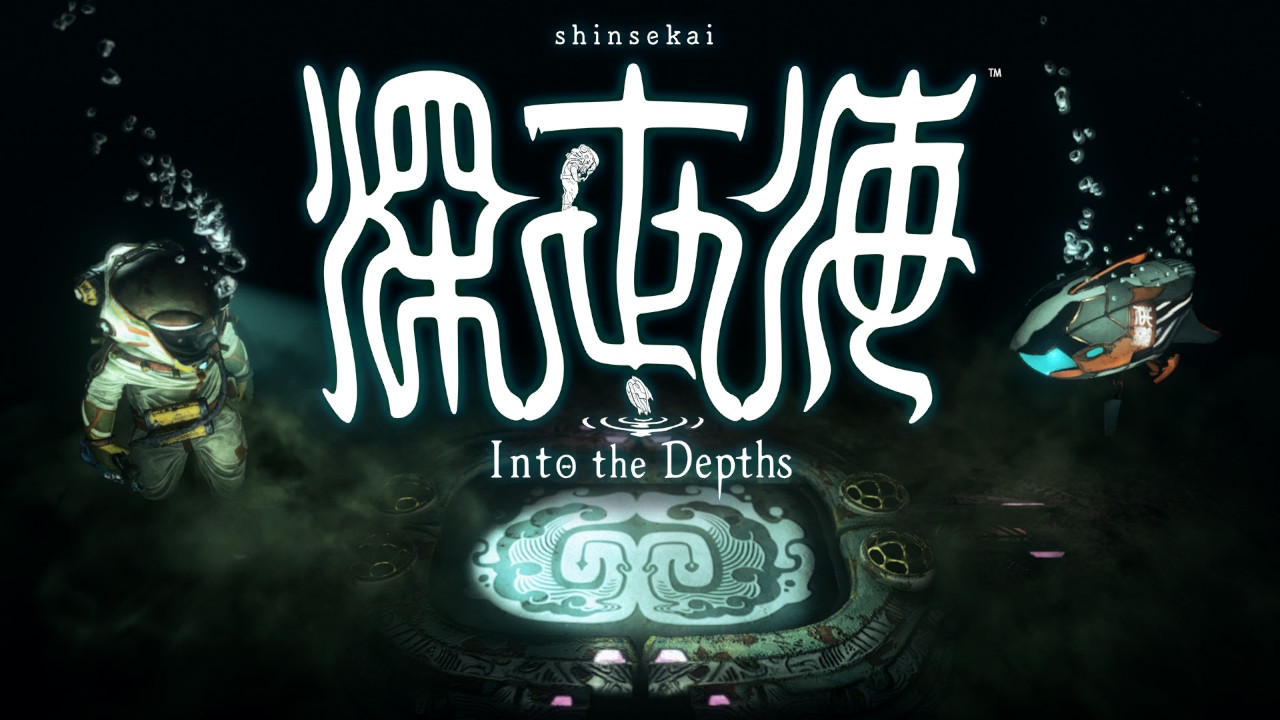
Once in a while, a publisher or developer will experiment with a side project. Sometimes titles like this can slip though the cracks because they were developed on a platform for an audience that does not exist. Shinsekai: Into the Depths on the Apple Arcade was almost a casualty of death by obscurity.
Shinsekai: Into the Depths was originally designed to be played with only a touch screen and was the closest thing to a traditional game on its original platform. It only made sense for Capcom to re-work it and to port it in late March, to a console where people would play it.
Does Shinsekai: Into the Depths sink or swim? Is this unusual 2D metroidvania a shallow cash-in from the Apple Arcade’s leavings, or was it just too deep for the iOS audience?
Shinsekai: Into the Depths
Developer: Capcom
Publisher: Capcom
Platforms: Nintendo Switch (reviewed), Apple Arcade iOS
Release Date: September 13th, 2019
Players: 1
Price: $19.99
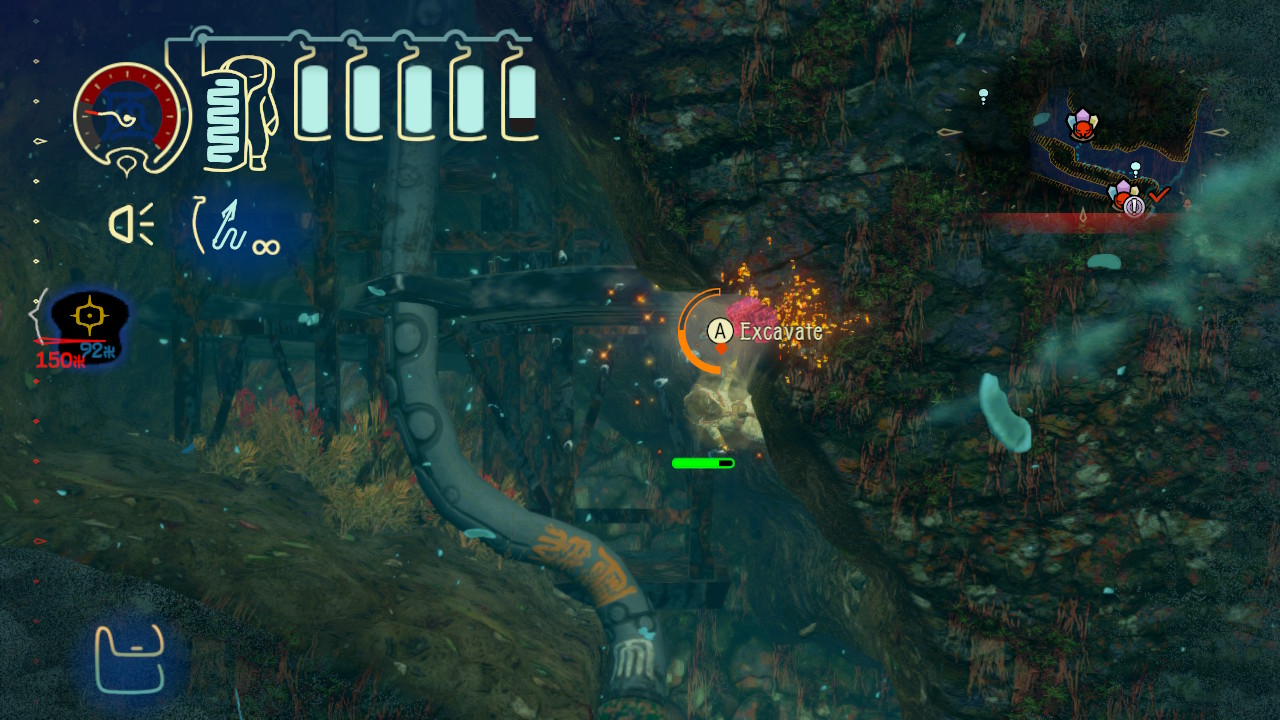
Upon first glance of Shinsekai: Into the Depths, you’d never expect it to be from Capcom. It looks impressive with its ambiance and almost aquarium aesthetics; that it might pass for an ambitious indie game.
It is easy to feel the coldness of the setting with its palpable sense of constant crushing pressure. The protagonist is a lonely deep-sea diver, who may or may not be the last human on earth, and his design looks like something from Lost Planet 2.
This little guy’s animation is on another level, with how he trudges along, and how his limbs flail around as he plummets down trenches. Animators put a surprising amount of personality into this boy, as he has a wide range of motion and expression for a figure that wears an almost featureless helmet.
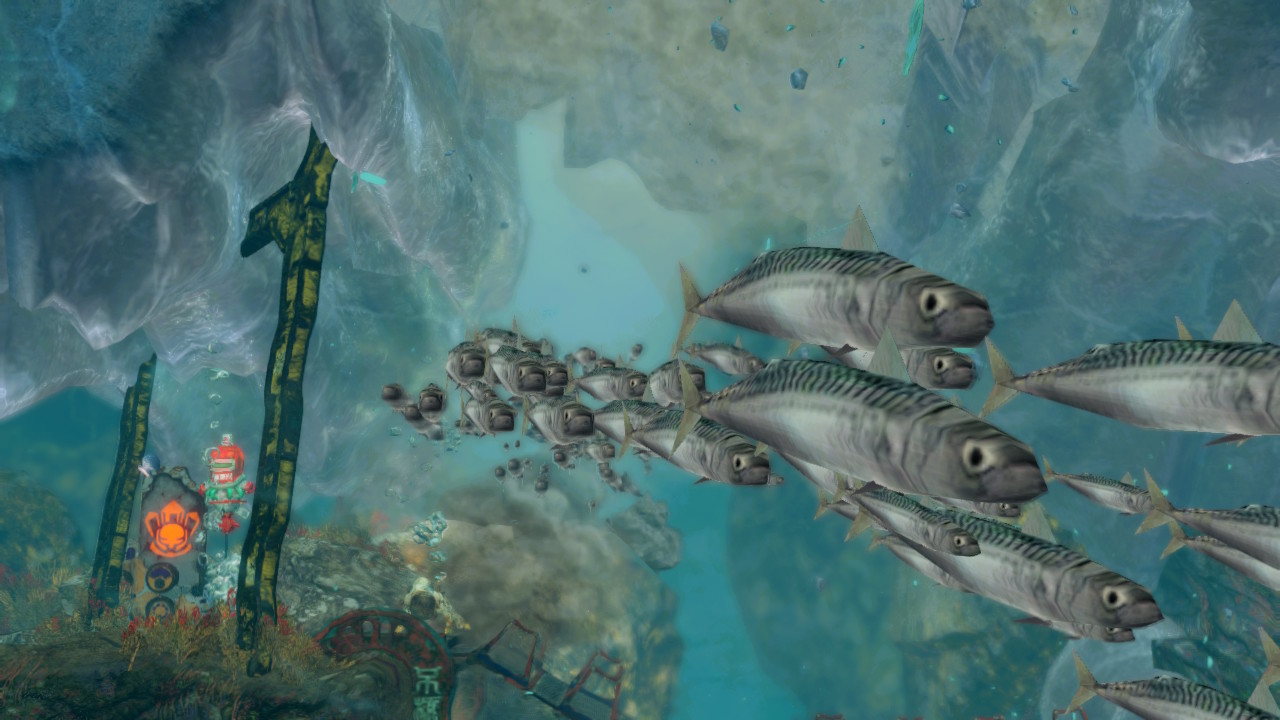
This deep-sea boy is not like most metroidvania heroes, since he is always under the constant pressure of running out of air. Basic actions like falling from high cliffs or walking on ice pose a huge threat to his suit’s integrity. No matter what upgrades you get, you are always in this venerable state.
Ammo for his spear gun has to be crafted from the remains of enemies, or found by digging them up. It is a good idea to always keep the head lamp on to make hidden collectables visible, but doing so might attract some hungry predators. The last thing anyone wants, is to be chum for some repugnant goblin shark.
Thankfully, the Aquanaut is more capable in combat that he may appear. Using his air reserves for boosting makes him very mobile, and it is possible to get very good at fighting with ranged and melee attacks.
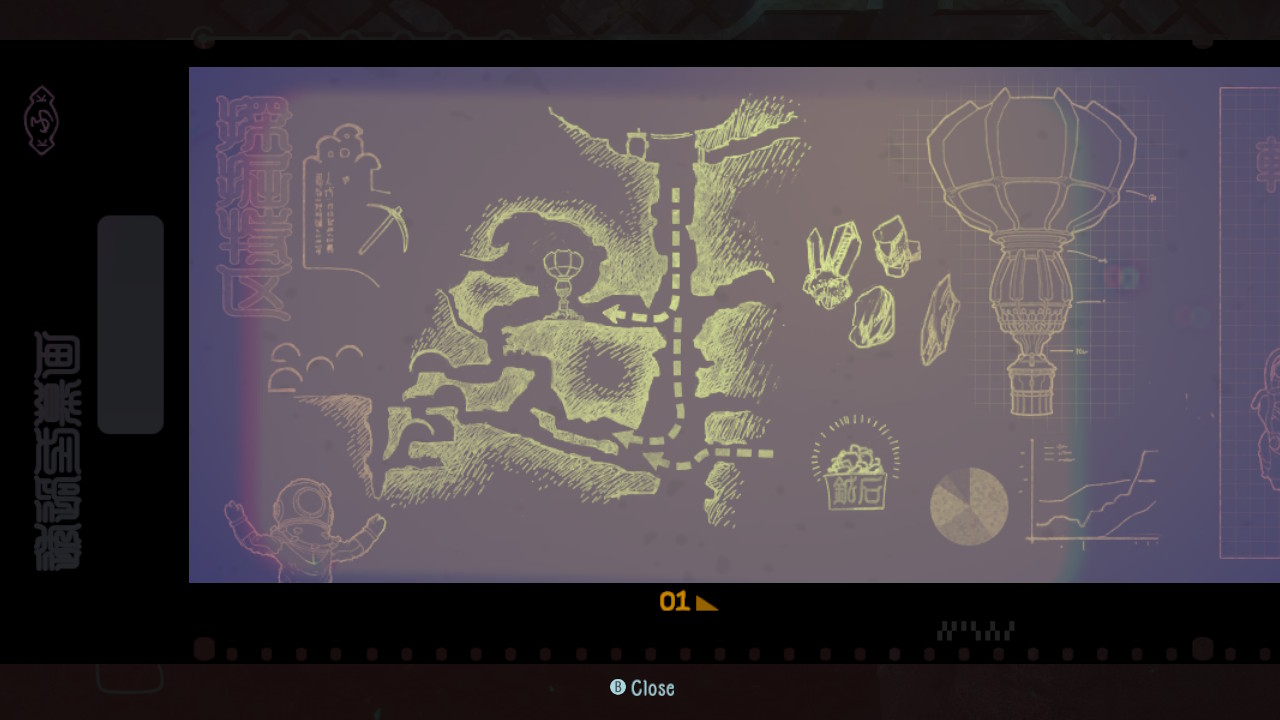
There is something very Capcom about seeing a vulnerable deep-sea diver doing John Woo-esque action against a monstrous angler fish. It is very doable given how flexible and fluid the controls are. It is hard to believe that this was originally designed to be played with a touch screen.
To achieve this level of spectacle in Shinsekai, takes a bit of practice. This is set mostly underwater, so the protagonist controls like it. This might be off-putting to those who crave the speed of Ori and the Blind Forest, but it is deliberate and for a good reason.
In Shinsekai, the entire setting is a threat. The act of going too deep kills. This means having to carefully negotiate the physics of the ocean with boosting. This extends to being effective in combat, as well as navigating the trenches and abysses of the world.
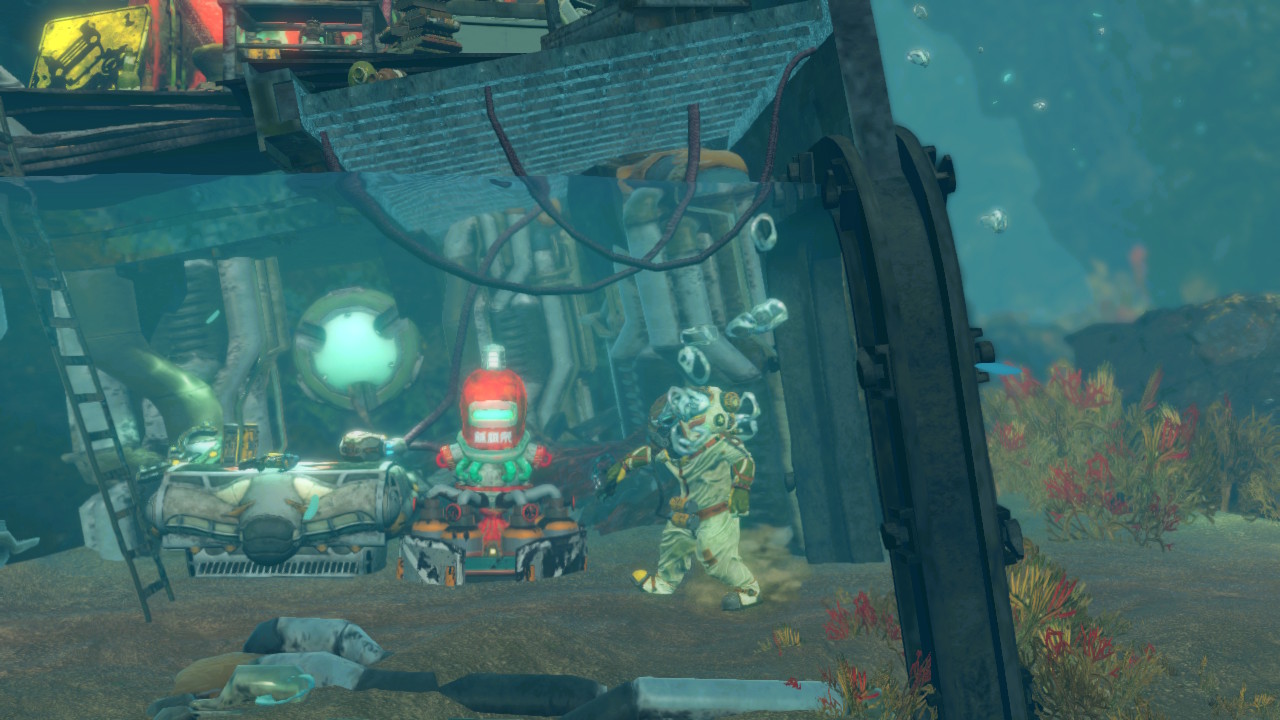
The narrative in Shinsekai is told very artistically, relying on imagery and sound to convey what is going on. This was directed by Shuichi Kawata, the same talent behind the art direction of Resident Evil 5. While that game has its issues, it’s visuals was not one of them, as it still stands as one of the best looking games of the seventh gen.
It is safe to say, Kawata knows what he is doing, and that Shinsekai proves that Resident Evil 5‘s art direction was not a fluke. While the limits of what he had to work with are present since this was originally developed as a iOS game, it still impresses while in portable mode.
The various floating particles in the water, and liberal use of depth of field effects add a tangibility to the objects and characters in the world. The constant stream of bubbles coming out of the diver are an excellent touch that adds believably.
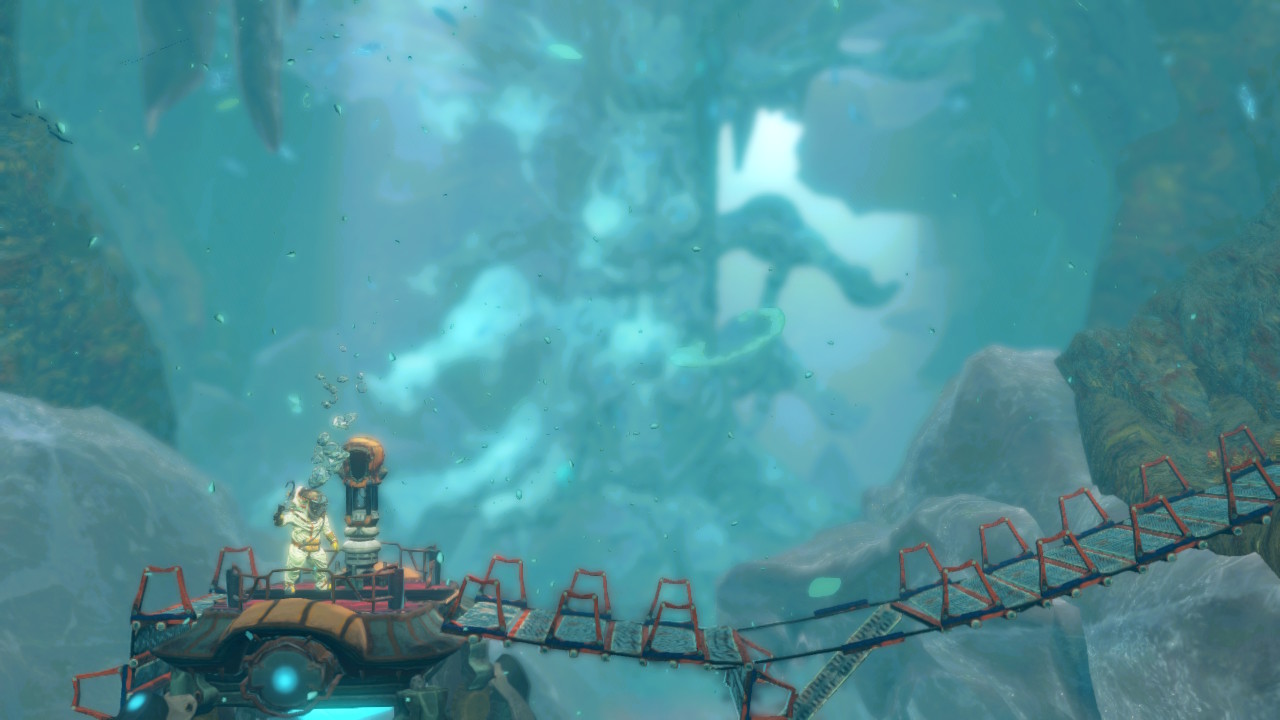
The imagery is only half of what makes Shinsekai such an immersive 2D adventure; the sound and music play an incredibly important aspect as well. The soundtrack is unlike anything I have ever heard, where much of the recording sounds as if it was done underwater.
The calming and cool tones of the sound further emphasize the watery setting. Sound effects are appropriately muffled and echo the way you would expect if you were banging a metal hook hundreds of fathoms down.
The serene alien soundscape is one of the many unique qualities found in Shinsekai that put it in the same ranks as Super Metroid. The only thing that holds it back is its core concept that restricts it to only being one large underwater stage.
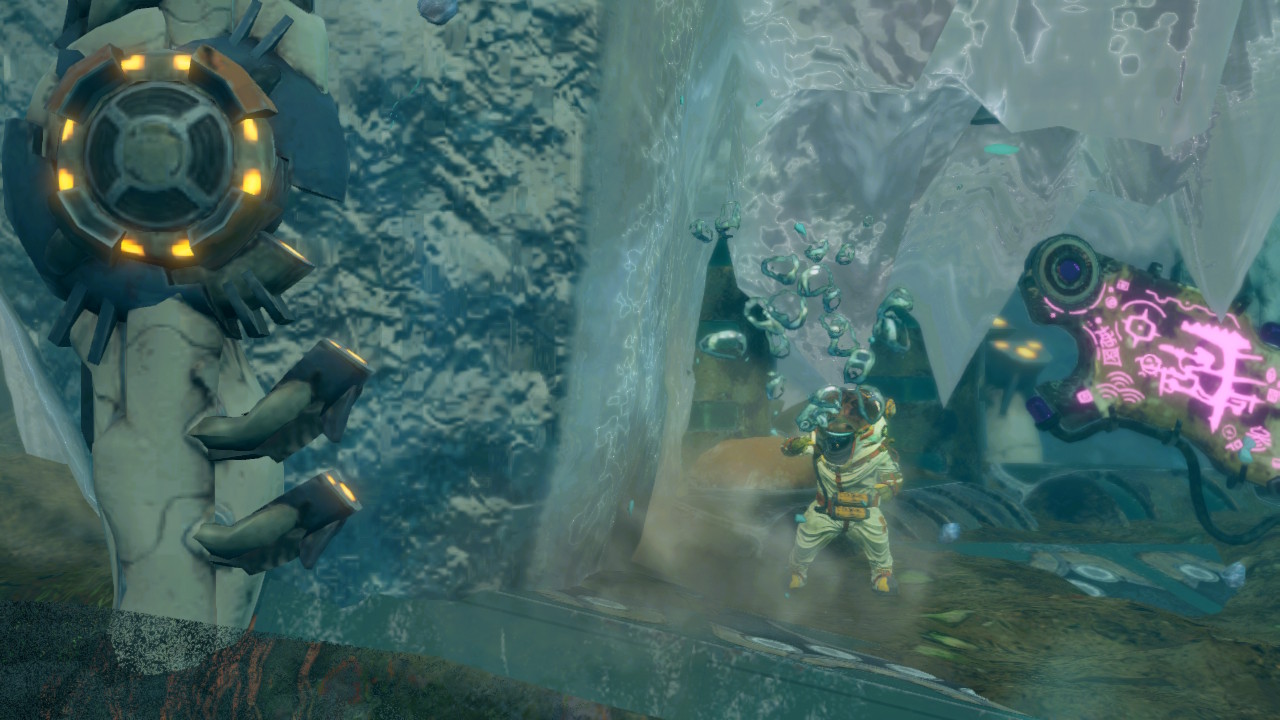
The level design is standard for what is come to be expected for 2D metroidvanias. What sets Shinsekai apart is that the protagonist has a wider reach than most thanks to the lower gravity.
Some interesting wrinkles into the system include the ability to set up permanent save points which double as air-refill stations. This requires a very rare item and having to weigh the choice of where and when to set a station is a bold move on the designer’s part.
Getting a little drone buddy to help open up some doors is always neat and over the course of the game you might even develop an attachment to the little droid. The utility the drone provides only makes it more endearing as you go deeper into the abyss itself.
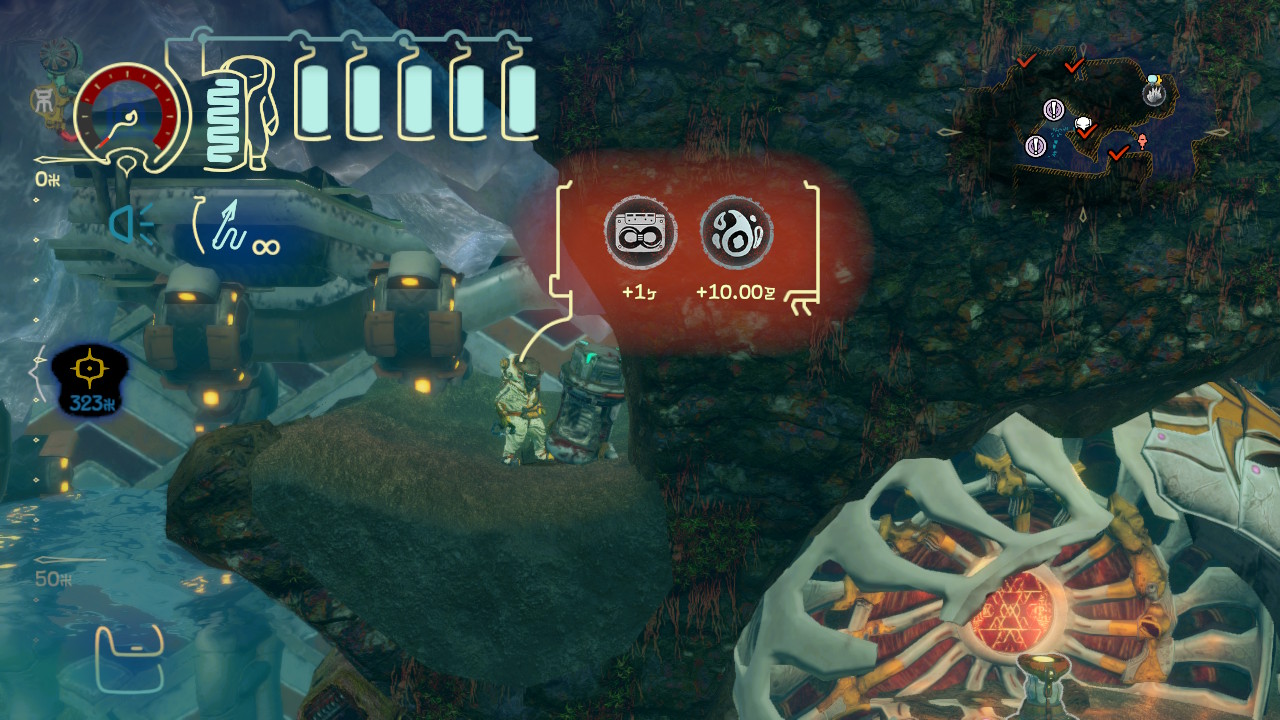
There are times when Shinsekai becomes a horror game, and the restrictions on resources can make the game feel more like a survival-horror than Resident Evil 3. Later sequences will prove to be utterly nightmarish; a stark contrast to how it begins.
Shinsekai: Into the Depths is a rare and special kind of small scale experiment that big studios should do more often. Its existence is likely due to being originally made for Apple Arcade, and Capcom being unsatisfied with its performance ported it to the Nintendo Switch.
Regardless of how it came to be, Shinsekai is absolutely worth your time. For its price, it is a decently lengthy adventure with indelible alien vistas and unique 2D gameplay that relies on realistic physics to navigate.
Shinsekai: Into the Depths was reviewed on Nintendo Switch using a personal copy. You can find additional information about Niche Gamer’s review/ethics policy here.